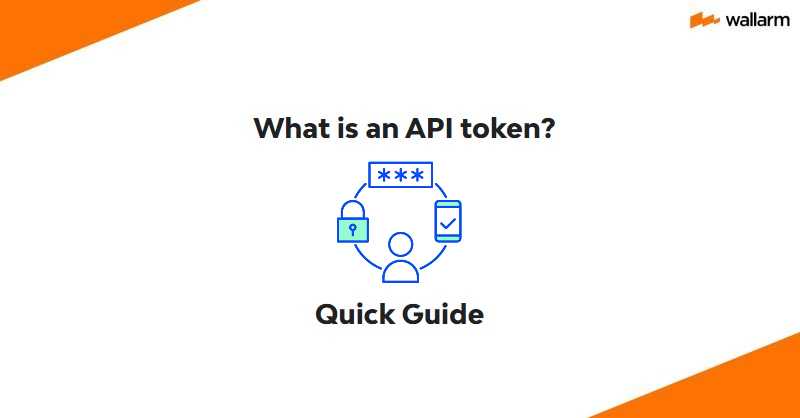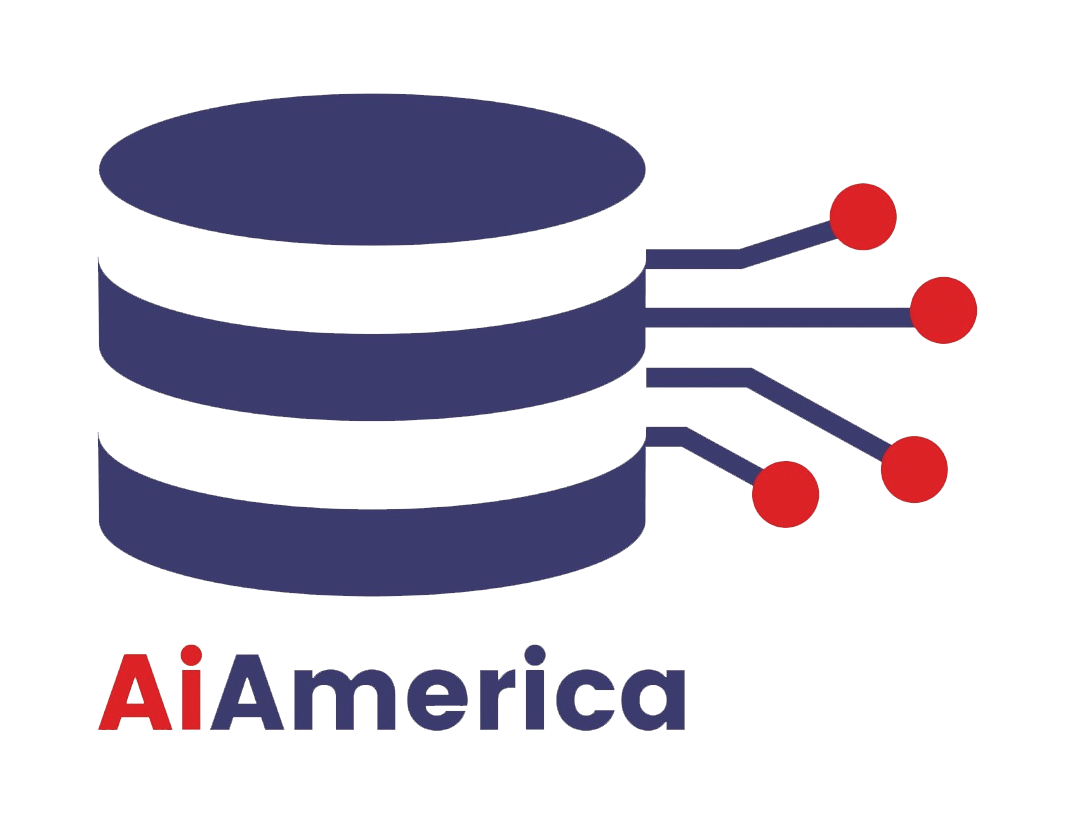
API tokens are essential components in securing and managing access to APIs, including those used in AI applications. They act as digital keys that authenticate and authorize users or applications attempting to access an API, ensuring only permitted entities can interact with the offered services.
What Are API Tokens?
API tokens are small, unique strings of code generated to identify and authenticate a user or application making calls to an API. When a client sends a request to an API, it presents its API token as proof of identity and permission level. The API server verifies this token before granting access to resources or services.
Tokens are typically composed of three parts:
- Header: Contains information about the token type and the algorithm used to create its signature.
- Payload: Carries sensitive information like user IDs, access permissions, and expiry times.
- Signature: A cryptographic signature that ensures the token’s integrity and prevents tampering.
How API Tokens Work
- Token Presentation: The client includes the API token in the request header, often in the
Authorizationfield. - Validation: The API server checks if the token is valid, unexpired, and grants the necessary permissions for the requested resource.
- Authorization: Based on the token claims (permissions/scopes), the server allows or denies access.
- Access Control: The server may apply policies like rate limiting or IP whitelisting tied to the token.
- Response: If validated, the server processes the request and responds accordingly.
Best Practices for Managing API Tokens in AI Platforms
- Secure Storage and Transmission: Never hardcode tokens in client-side code. Store them in secure vaults or environment variables. Always use HTTPS/TLS to encrypt token transmission.
- Token Expiration and Rotation: Use short-lived tokens to limit exposure if compromised. Implement refresh tokens to maintain sessions securely. Regularly rotate tokens to reduce misuse risks.
- Access Scopes and Minimization: Issue tokens with the least privileges necessary (scoped access), restricting what parts of an API a client can use.
- Monitoring and Logging: Track token usage in logs for auditing and detecting suspicious behavior or abuse.
- Rate Limiting and Abuse Prevention: Enforce request limits and monitor unusual patterns to thwart brute-force or overuse attacks.
- Use of API Gateways: Deploy API gateways to centralize token validation, authorization, and policy enforcement, adding an extra security layer.
API Tokens in AI Contexts
In AI applications, API tokens control access to language models, data, or specific AI services. For example, when calling OpenAI’s GPT or Google’s Gemini APIs, tokens enable developers to authenticate and regulate usage while preventing unauthorized access or overuse.
Tokens are also linked to usage quotas and billing, as token counts (distinct from API tokens) define how much input/output processing is done by language models and impact cost.
Summary
API tokens are foundational for secure, manageable, and scalable API integrations in AI systems. They authenticate users and applications, enforce access controls, and ensure safe interaction with AI services. Proper management of API tokens, including secure storage, expiration, rotation, and monitoring, is critical to maintaining robust AI platform security and reliability.









